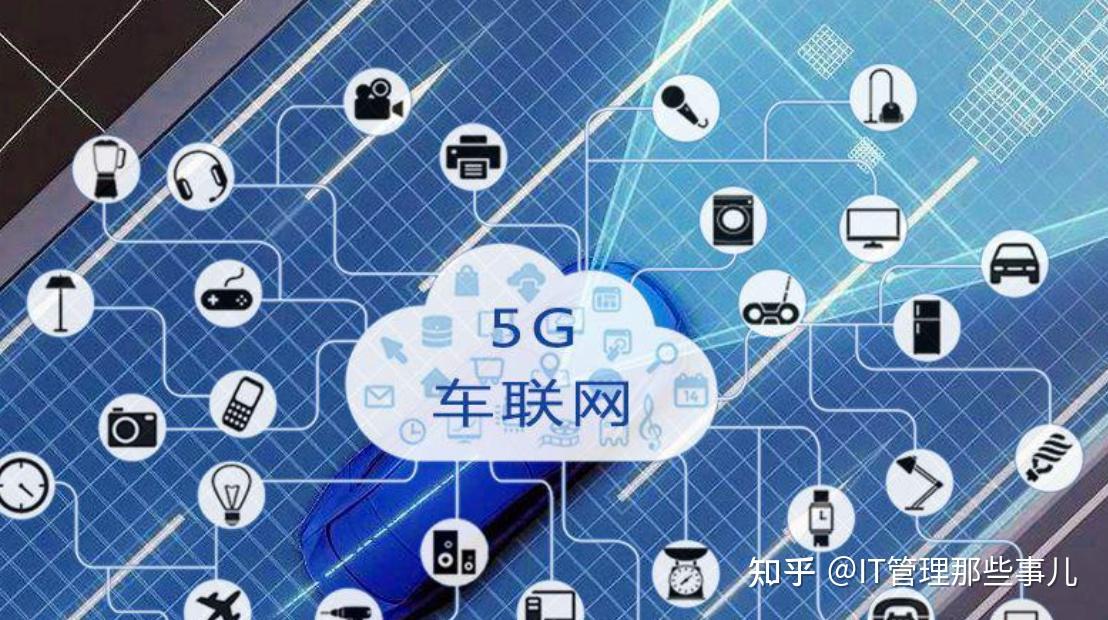|
The Internet has revolutionized the way we communicate, access information, and conduct business. Its history spans several decades, with numerous technological advancements shaping its development. In this article, we will take a journey through the evolution of the Internet, from its humble beginnings to the interconnected world we know today. Origins and Early Developments: The story of the Internet begins in the 1960s when the United States government initiated a project called ARPANET (Advanced Research Projects Agency Network). It was designed to facilitate communication between various research institutions and universities. ARPANET used packet-switching technology, which allowed data to be divided into small packets and sent across multiple routes to reach its destination. This decentralized approach proved to be a foundational concept for the future Internet. Birth of TCP/IP and World Wide Web: In the 1970s, the Transmission Control Protocol/Internet Protocol (TCP/IP) was developed, providing a standardized method for computers to connect and communicate over the network. TCP/IP formed the backbone of the modern Internet architecture and enabled different networks to interconnect seamlessly. The 1990s witnessed the birth of the World Wide Web, a system of interlinked hypertext documents accessible through the Internet. Tim Berners-Lee, a British scientist, invented the Web, along with HTTP (Hypertext Transfer Protocol) and HTML (Hypertext Markup Language). This breakthrough made the Internet user-friendly and accessible to the general public. Dot-com Boom and Broadband Era: The late 1990s saw the dot-com boom, characterized by a rapid expansion of Internet-based businesses. Companies like Amazon, eBay, and Google emerged during this time, changing the face of e-commerce and online services. The demand for faster and more reliable Internet connections led to the widespread adoption of broadband technologies such as DSL and cable modems. Mobile Internet and Social Media: With the advent of smartphones in the 2000s, the Internet became mobile. Mobile data networks like 3G and later 4G enabled users to access the Internet on the go, leading to a massive increase in mobile Internet usage worldwide. This shift facilitated the rise of social media platforms like Facebook, Twitter, and Instagram, transforming the way we connect and share information. The Internet of Things and Cloud Computing: In recent years, the Internet has expanded beyond computers and mobile devices to include everyday objects connected via the Internet of Things (IoT). Smart homes, wearable devices, and connected vehicles are just a few examples of how the IoT is revolutionizing various industries. Cloud computing has also emerged as a key technology, allowing users to access computing resources, storage, and applications over the Internet. Services like Amazon Web Services (AWS), Microsoft Azure, and Google Cloud Platform have made it easier for businesses and individuals to leverage powerful computing capabilities without significant infrastructure investments. Future Possibilities: Looking ahead, the Internet continues to evolve with emerging technologies such as 5G networks, artificial intelligence, and blockchain. These advancements hold the promise of further transforming how we live, work, and interact in the digital age. In conclusion, the Internet has come a long way since its inception. From its humble beginnings as a research project, it has grown into a global network connecting billions of people and devices. As technology continues to advance, the Internet's influence will undoubtedly continue to shape our world in ways we cannot yet imagine.  |
